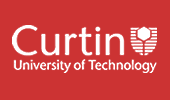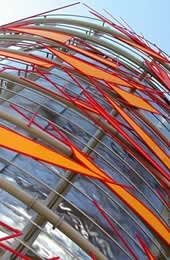Area: |
Department of Electrical and Computer Engineering |
Credits: |
25.0 |
Contact Hours: |
2.5 |
| |
| ** The tuition pattern below provides details of the types of classes and their duration. This is to be used as a guide only. For more precise information please check your unit outline. ** |
| |
Lecture: |
1 x 2 Hours Weekly |
Tutorial: |
1 x 1 Hours Fortnightly |
Co Requisite(s): |
11330 (v.4) Digital Communications Engineering 601 or any previous version
AND
11341 (v.4) Stochastic Processes for Telecommunications Systems 601 or any previous version
|
| |
Syllabus: |
Random signal theory, signal modeling, Wiener filtering, spectrum estimation (nonparametric and parametric), adaptive filtering (Steepest descent, LMS (least mean squared), RLS (recursive least squares)). Selected topics from Adaptive Equalization or Multiuser Communications: Adaptive linear equalization, adaptive decision-feedback equalization and blind equalization. Multiple access, CDMA (code division multiple access), Optimum receiver, Suboptimum receivers (decorrelator, MMSE (minimum mean squarederror)), Performance characteristic of detectors. |
| |
| ** To ensure that the most up-to-date information about unit references, texts and outcomes appears, they will be provided in your unit outline prior to commencement. ** |
| |
Field of Education: |
31300 Electrical and Electronic Engineering and Technology (Narrow Grouping) |
HECS Band (if applicable): |
2 |
|
Extent to which this unit or thesis
utilises online information: |
Supplemental |
Result Type: |
Grade/Mark |
|
Availability |
| Year |
Location |
Period |
Internal |
Area External |
Central External |
| 2004 |
Bentley Campus |
Semester 2 |
Y |
|
|
Area
External |
refers to external course/units run by the School or Department, offered online or through Web CT, or offered by research. |
Central
External | refers to external course/units run through the Curtin Bentley-based Distance Education Area |
|


